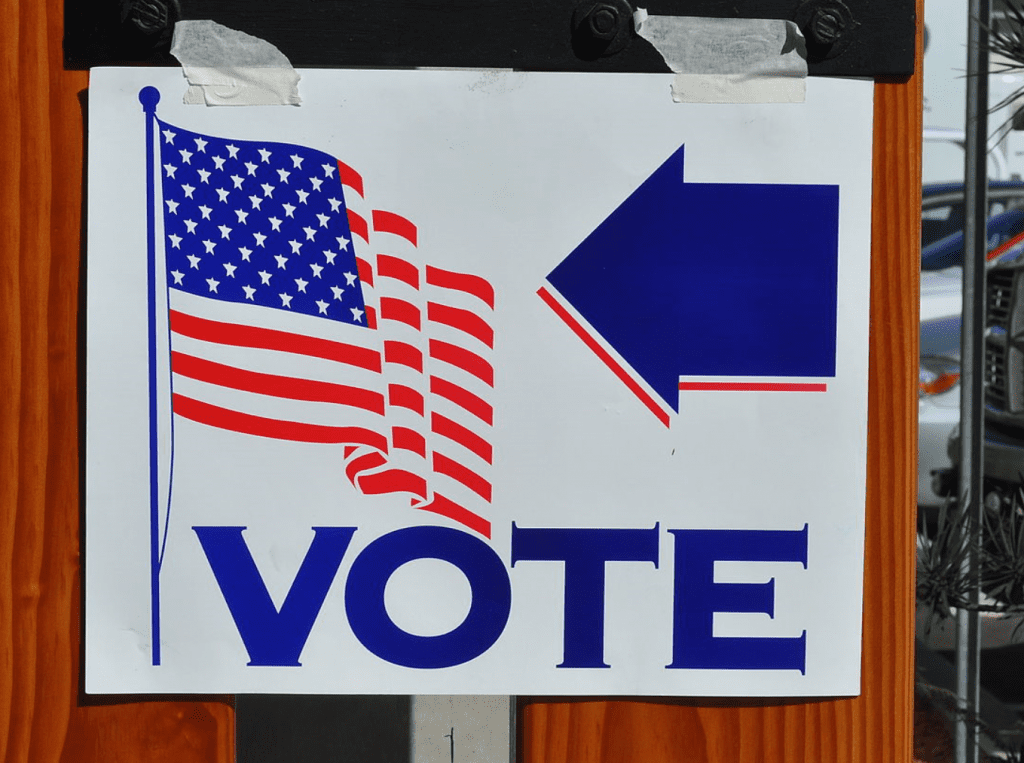
On January 6, the Babylon Bee posted an article with the headline: “Absolute Legend: Trump Walks Away From Republican Party Without Even Looking Back At Explosion.”
Here’s as much of the article as seems appropriate to share without violating fair use norms:
In an awesome display of action movie MAGA-greatness, Trump walked away from the exploding Republican Party like an absolute legend, without looking back or even flinching. Witnesses say they saw Trump power-walking in slow motion away from the massive explosion as smoldering wreckage and shrieking Republicans rained down around him. . . .
Authorities arrived on the scene to try to extinguish the flames but Trump stayed their hands. “No,” he said, slowly removing his glasses and finally turning around to gaze upon the torched ruins of the Republican Party. “No… let it burn.”
To further make clear the greatness of the Bee, this was posted before the rally, before the protesters overran the Capitol, before they were ultimately expelled. The accompanying image, Trump walking away from an explosion like CSI: Miami’s Horatio Caine, was meant to be purely metaphorical.
But — wow — the degree of brokenness of the Republican Party is becoming clearer with each passing day. Yes, it stands to reason that the media’s focus on Marjorie Taylor Greene’s crackpottery is due in part to the fact that Trump himself is now out of the public eye, but she is a crackpot nonetheless. And reports are that, generally speaking, large portions of the Republican “base” continue to believe that the election was stolen, so that party leadership is trying to move forward pragmatically without alienating them.
But what happens to the Republican Party next is a mystery to me. If our system of governance was a multiparty one, it would be easy to see: the Q/”stolen election” wing would split off from the mainstream GOP and each would be just one of many with which a coalition might be formed. In the same way, the Democratic Socialists would be an actual political party rather than a wing of the Democratic Party. But there would be no need for Republicans to figure out what to do with the crazies among them. Heck, for that matter, Trump would never have become president, or, at least, not as the nominee of the Republican Party, because one component of this sort of system is that the party decides its nominees, and disgruntled would-be nominees find a party that better suits them, or found their own.
In that sense, it’s remarkable that the Republican Party came into being in the first place, that is, Lincoln’s victory in 1860 occurred less than five years after the party was formed, and was only the second presidential election in which they had contested — but this occurred due to the crack-up of the Whig Party, though this answer is a bit of begging the question. Why didn’t the Whig Party reinvent itself? I don’t know, but perhaps the issue of slavery was so disruptive that there was simply no way for the party to survive. And, at the same time, looking at the Wikipedia article on the 1856 election, the Whig collapse was so complete, and the jumping ship to the Republicans so complete, that the only remaining factor were the Know-Nothings, or formally the American Party, who disavowed nativism and took 22% of the vote, though my brief skim doesn’t make it clear whether they were splitting pro-slavery votes away from the Democrats or anti-slavery votes away from the Republicans, or whether it’s not even meaningful to think of them as a “spoiler” in modern terms, that is, if their voters simply had no opinion on slavery.
But since then — well, I’m just clicking through the various elections on Wikipedia. In the late 19th century, the two-party system was solidified and, interestingly enough, in 1880, 1884, and 1888, the popular vote margins of victory were less than one percentage point apart. Then we had a series of elections in which the Democratic candidate, William Jennings Bryan, was also supported by an alliance of the Populists and the Silver parties. 1912 was the closest we came to a serious multiparty race: Woodrow Wilson took 42% of the vote, Teddy Roosevelt 27% for the Progressive Party, Taft 23% for the Republicans, and Eugene Debs 6% for the Socialists — but it was a landslide in terms of the electoral vote. Again in 1924, the Progressives contested, getting 17% of the popular vote but only carrying Wisconsin.
Then we get to 1968 for the next minor party Wikipedia deems worth listing in its summary — the American Independent Party, which Wikipedia describes as “far-right” but applying left/right labels simply doesn’t work; after all George Wallace was a Democrat beforehand. That party took 14% of the vote and carried five Deep South states. In 1980, John Anderson too 6.6% as an independent; in 1992, Ross Perot took 19% for the Reform Party, along with 8% in 1996 — and that’s the last time a third party got any sum of votes worth mentioning.
So is there a path forward for Republicans, who appear to be increasingly split between the stolen election-ites, the mainstream folk, and the middle children who really just want everyone to stop fighting? The crack-up of the Whigs provided a pathway for the Republican Party to form, but since then there has been no path to victory for any new or third party and it seems hard to believe that we’ll have the sort of major shifts that would be required now. But I’m really not a fan of the consequence of that solidifying of two — and only two — parties.












